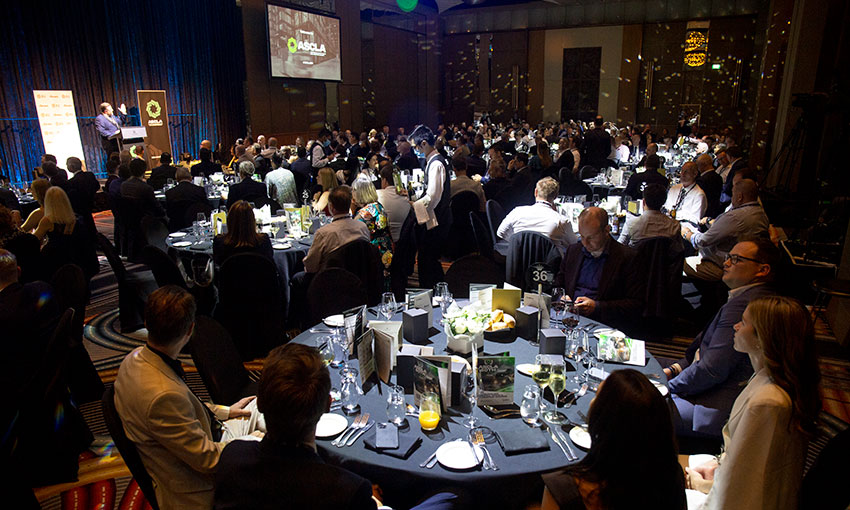THE Supply Chain and Logistics Association of Australia held the 60th anniversary Australian Supply Chain & Logistics Awards last week at the Crown Palladium, Melbourne.
More than 360 people attended the gala dinner and awards ceremony, with more than 150 companies represented.
In her keynote speech, SCLAA chair Sue Tomc said industry awards are very important to the industry.
“The key objective of the Australian Supply Chain and Logistics Awards is to encourage and promote advances within the industry across technology, education, services and innovation,” Ms Tomic said.
Keynote from ANL chief
As part of the proceedings, ANL managing director Shane Walden gave a keynote speech, touching on some of the issues of the past two and a bit years, from the perspective of a shipping line.

He said ports and terminals, around the world haven’t been able to keep up with demand.
“We’ve seen delays of up to four weeks in ports such as Long Beach, Auckland as well,” he said.
“The good news is that the Australian terminals are now starting to improve.”
Mr Walden then spoke about labour shortages on both the shipping line side, and the port side.
“We’re continuing to invest in additional capacity, but the welfare of the crew and promoting this industry as an attractive industry for crew, still remains a challenge,” he said.
“The other thing that we’ve seen is that the terminals have also struggled with labour shortages. We saw the situation [with COVID outbreaks and restrictions] in December, January, where the terminals were short of somewhere between 25 and 30% of their labour force, and the good news is that seems to returning now.”
However, not all is rosy in the ocean freight world; Mr Walden said with congestion, voyages are taking significantly longer than they used to, which is effectively “withdrawing capacity from the market” around the world, including in the Australia trades. He said usually, the average transit time between China and Australia is about 42 days.
“At the moment, we’re seeing delays on average of a week for every single voyage,” he said.
“What that effectively means, is that every year, we’re running weekly services, we should be 52 sailings pre year, but we’re averaging 42 sailings per year. we’re basically losing about 10 sailings per year. And, based on an average vessel size calling at Melbourne at something like 5000 TEU, that’s 50,000 TEU in capacity a year that’s being removed from the trade, and that’s only one service between China and Australia.
“You can see one of the big challenges we have, is that if we continue to throw capacity at this trade, unless the ports improve their performance, on a global scale, we’ll continue to see a gap between demand and supply.”





